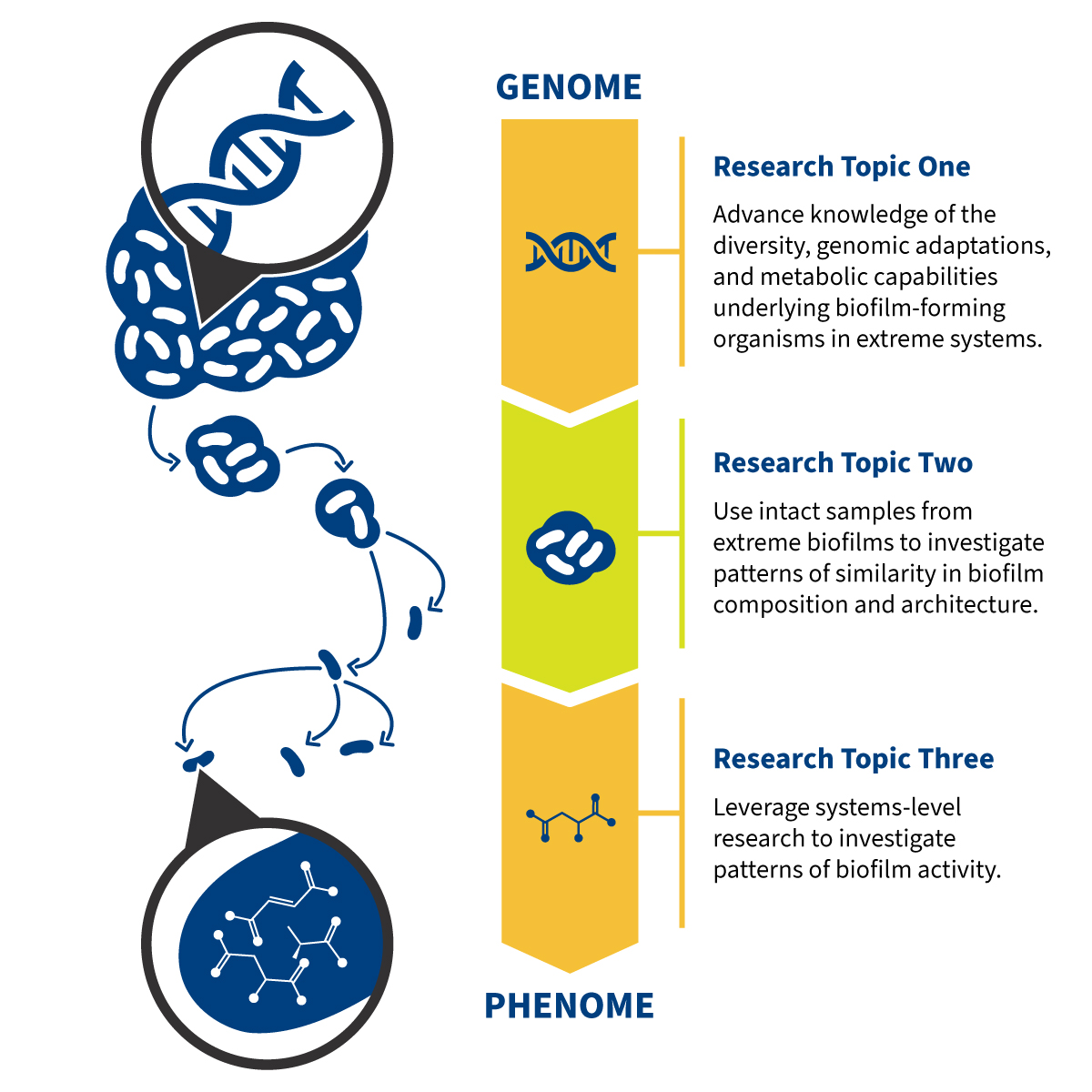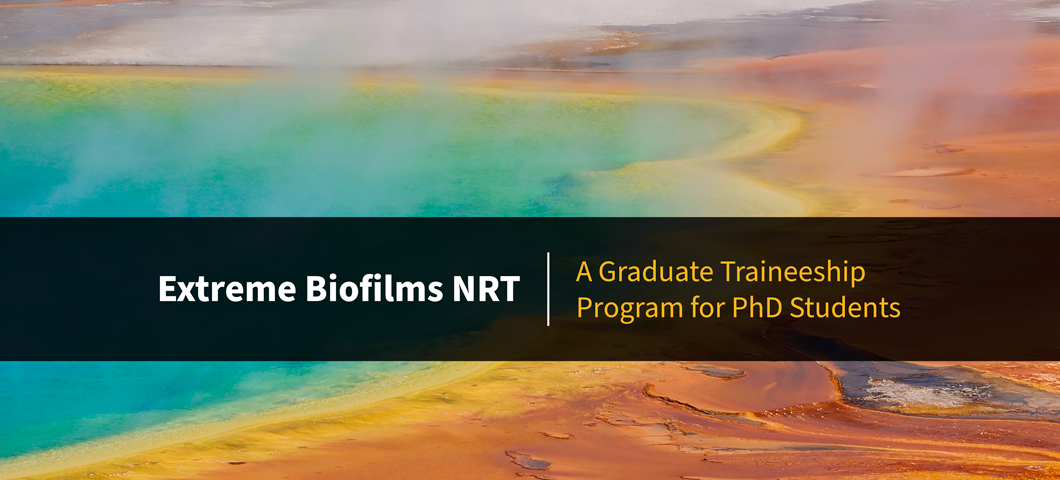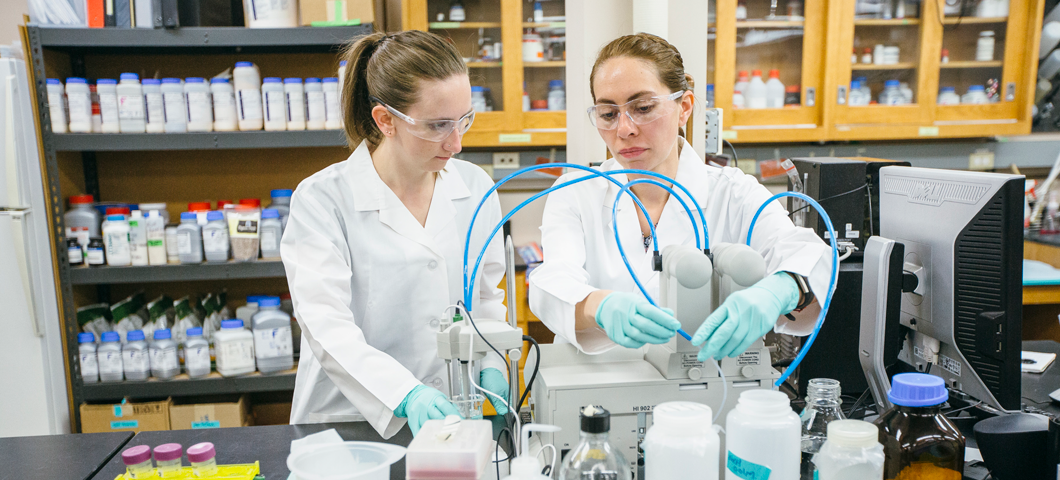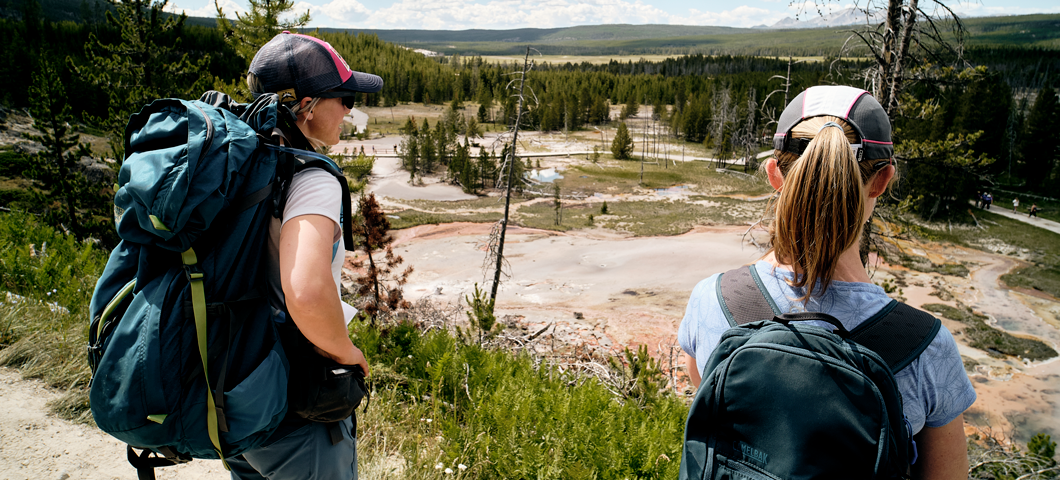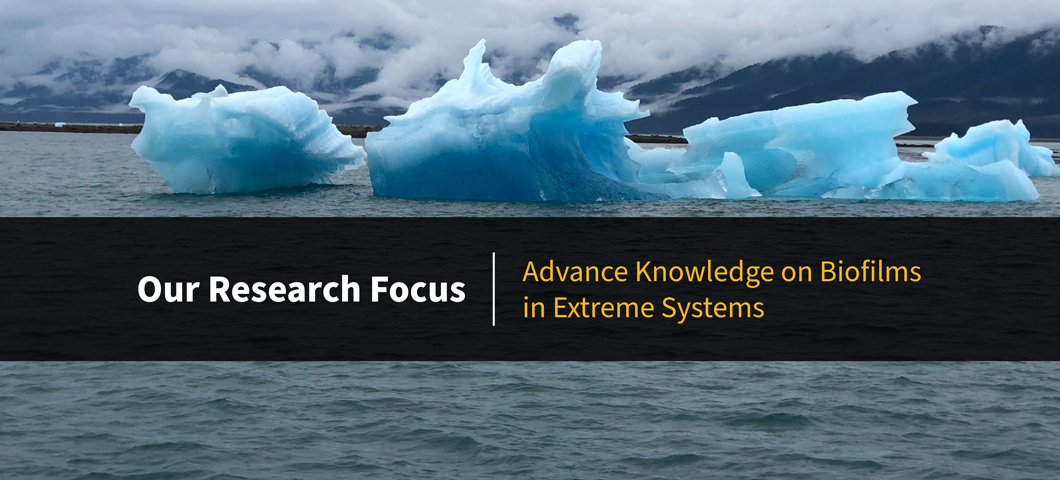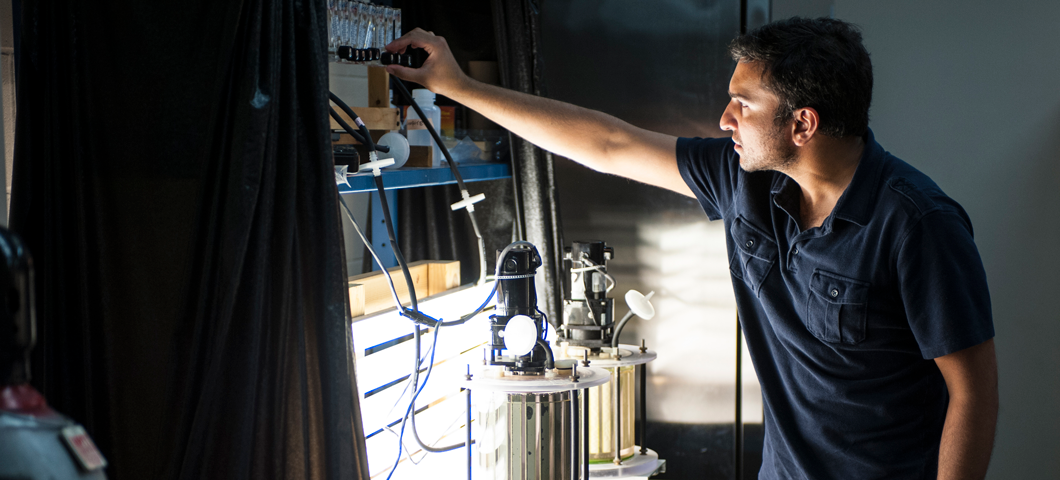
The Extreme Biofilms National Research Traineeship (NRT) sponsored by the National Science Foundation, is a university-wide community of doctoral students in engineering, microbiology, computing, biochemistry, and environmental sciences with focused professional development and graduate training on biofilm-forming microorganisms in extreme environments. This graduate traineeship aims to prepare the next generation of science and engineering leaders. who will accelerate the translation of basic biofilm research into technological solutions for the betterment of society.
Your Journey Through the Funded NRT Program
Year 1
Take Two Science Communication Short Courses
Participate in Transferrable Skills Workshops
Build an Individual Development Plan
Create a Mentor Team
Start Tracking Personal Progress
Year 2
Take the Extreme Biofilms Coursework
Carry Out a Career Internship Experience
Begin Outreach Activities
Year 3
Organize a Scientific Meeting Session
Pursue External Grants and SEED Funding
Years 4 & 5
Refine Your Career Plan
Receive Assistance with Job Hunting
Graduate Training


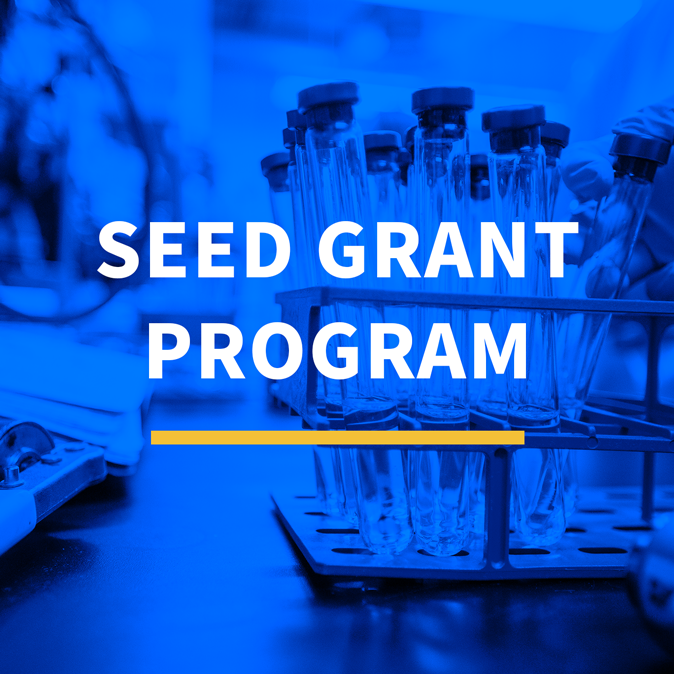


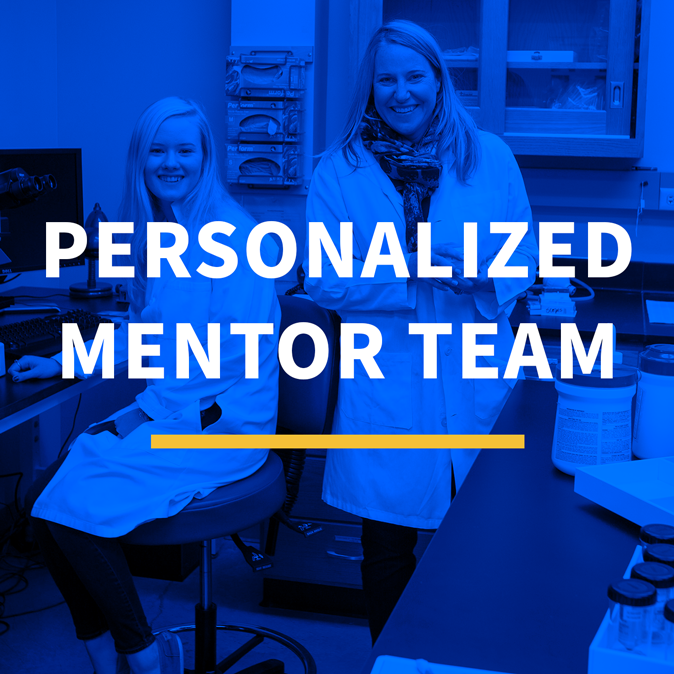
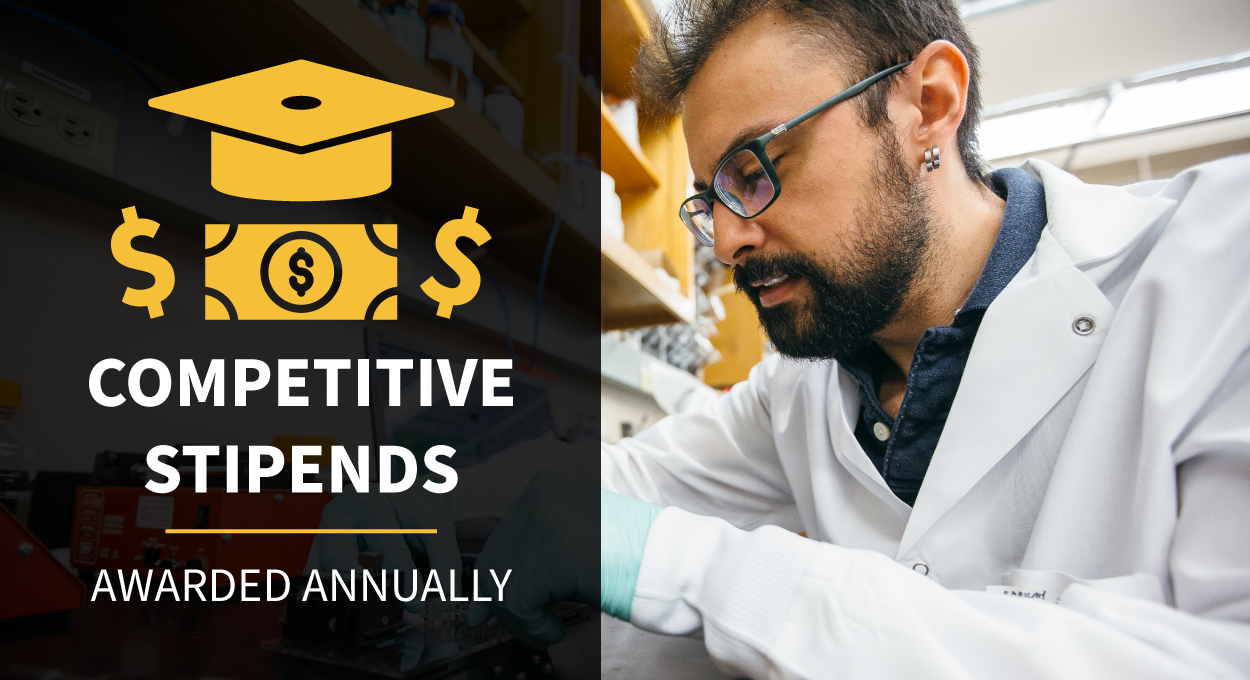
Montana State University's Research on Extreme Biofilms
